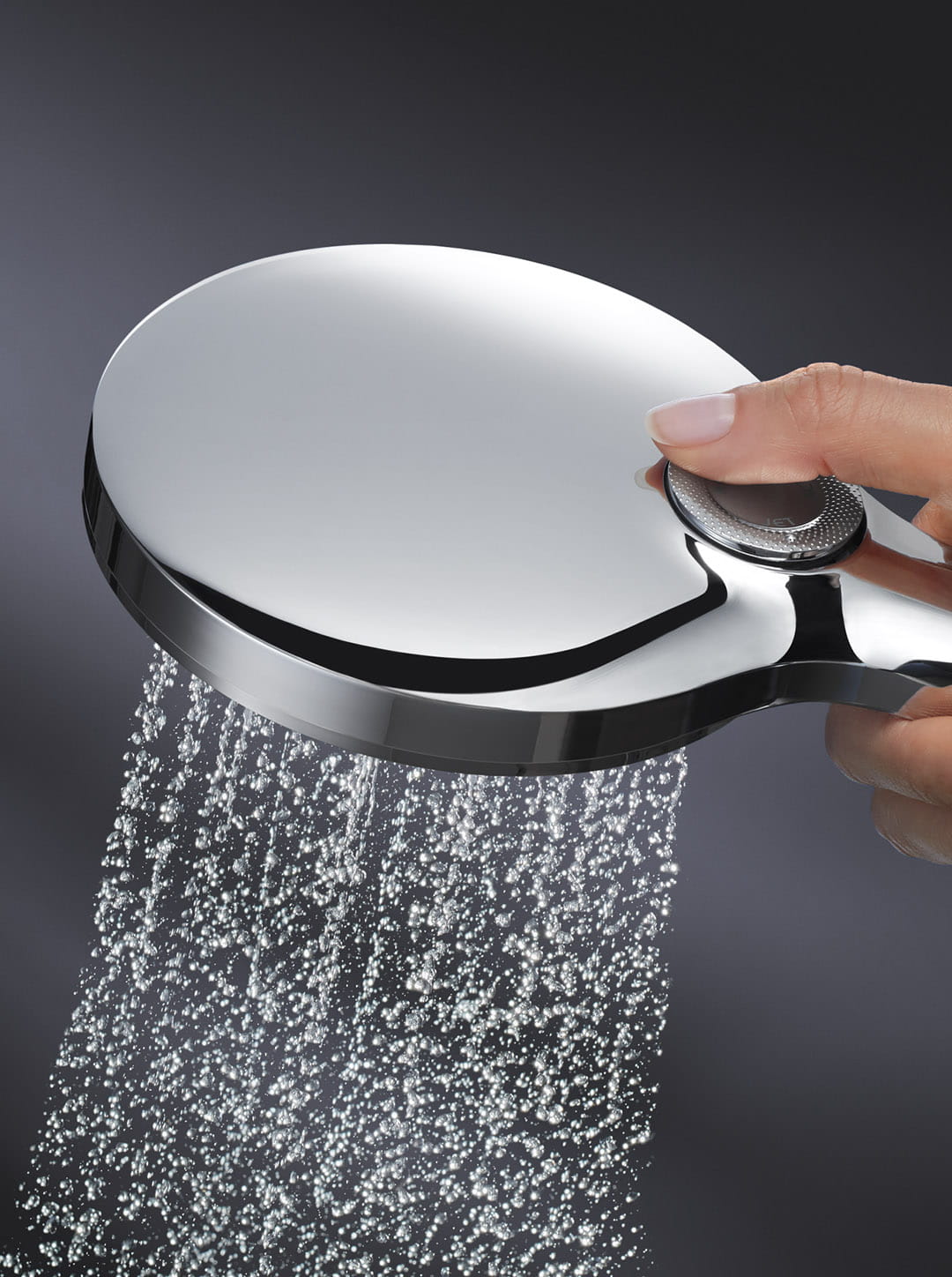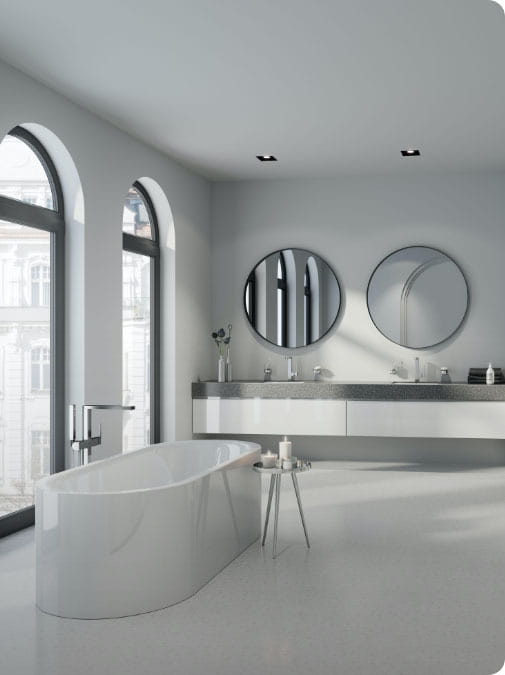
We can often take our water supply for granted. We turn on our tap, wash our cars, water our grass and take long showers without giving much thought to the fact that there is actually a limited amount of this resource. Only one percent of the Earth’s water is drinkable, and even though water is constantly being recycled through the natural water cycle, global warming is causing rivers and lakes to dry up at a faster rate. In addition, the population is increasing, which means we need more water than there is to go around. We need it to drink, to keep clean, to power our homes and businesses and for our food supply.
Indeed, water is a precious resource that’s becoming scarce. Sadly, Canadians use more water per person than anywhere else in the world, second to the United States. The good news is we can make easy changes and learn to use our water wisely. This helps save money on water and energy bills and conserves this invaluable resource. Here are a few tips so you can start saving.
Check your home for leaks
- According to the Canadian Institute of Actuaries, water damage is responsible for 48 percent of Canadian home claims. In 93 percent of cases, water damage can be prevented. Even a leak of one drop per second wastes about 10,000 litres of water a year, or enough water to take 85 baths. Installing a sensor system, such as the GROHE Sense and Sense Guard, is a great way to detect a problem before it happens. The Sense and Sense Guards will send an alert to your phone if it detects anything from a small leak to a burst pipe. The Sense Guard will also shut off your water supply automatically. Placing the Sense device in areas around home that could experience a leak – by your washing machine, dishwasher, and such – and will help in notifying you of any leaks as soon as they occur.

Reduce water consumption in the washroom

- Turn off the tap when you’re brushing your teeth, washing your face or shaving. Letting it run is a large source of water wasted in the home. You can also install low-flow taps to reduce water consumption. GROHE certified EcoJoy taps feature a flow-limiting feature that never exceeds 5.8 litres per minute. They also have an adjustable temperature limit to reduce your energy consumption further.
- Upgrade to dual-flush toilets or high efficiency models, which use approximately four to six litres per flush instead of 13. That would save 12,500 litres per person, per year—enough to fill 150 bathtubs. The GROHE Eurocube and Essence toilet collections are good examples of high-efficiency, water saving designs.
- If you like baths, take them sparingly and try using a little less water in the tub. All that bathwater adds up. Filling the tub an inch shorter than usual can save about five litres of water per bath. Some people even use their bathwater to nourish their gardens, rather than letting it go down the drain.
- Showers consume a lot of water, too. You can install a low-flow shower head, which uses six litres of water per minute rather than the average shower head, which uses 12. Products such as GROHE Rainshower SmartActive hand-held shower heads have a water-saving Eco button on the handle to reduce the water consumption by up to 40 percent.

Conserve water in the kitchen
- There are plenty of reasons why using bottled water is bad for the planet. Did you know that a million plastic bottles are bought around the world every minute? Or that bottled water takes almost 2,000 times more energy to produce than tap water, not to mention that it takes three times the water to make the bottle as it does to fill it? Instead of using bottled water, install a water filter on your tap. With the GROHE Blue system, you can get still or sparkling tap water in your kitchen or office. In addition to reducing your impact on the environment, you’ll also save yourself from lugging heavy cases of water from the store to your home.
- You can even save more water when you drink tap water. How? Designate one glass to drink from for the day so you only wash one glass, rather than eight, or use a reusable water bottle. Water your plants with any water left in your glass.
- Only run the dishwasher when it’s full. Use a good detergent so you don’t have to pre-rinse. Use the Economy setting to conserve water.
- When washing clothing, only run the machine when it’s full. Invest in a front-load machine, which is larger and uses less water.
- When cooking, using the lid on saucepans helps water boil faster and reduces evaporation. Installing a low-flow tap, such as the GROHE Zedra L2 faucet equipped with SmartControl, technology that allows for the easy adjustment of the flow of water.
Be considerate when working outdoors
- Check the weather—don’t water your lawn or flowers if it’s going to rain. Many kinds of flowers can wait an extra day, and even when grass turns brown in a heatwave, it will become green again when it rains. Many gardeners use mulch and bark in the garden to reduce the amount of water needed and to keep gardens looking great.
- Did you know that hoses and sprinklers use about 1,000 litres of water an hour? Collect rainwater in a bucket and use that to water flowers—it’s free. Or, you can attach a trigger nozzle to your hose to cut the amount of water you use in half and direct the water to where you need it most. If you use a sprinkler, the early morning or late afternoon is best. This is when water evaporation rates are lowest. Wash your car with a sponge and bucket of water instead of using a hose. Avoid professional car washes when possible.
- Use a broom to clean your driveway instead of a power washer. If you need to use one, look for a water-efficient model.


